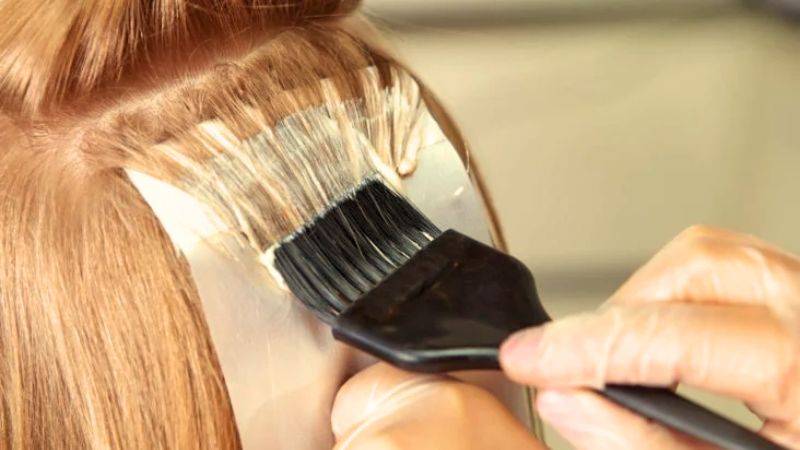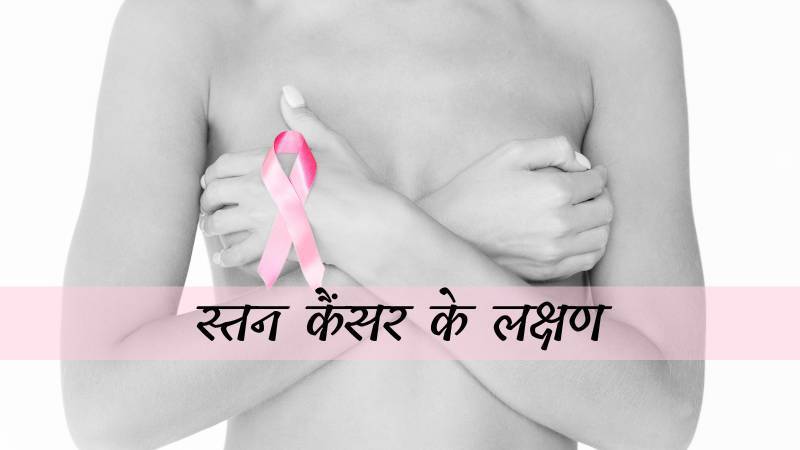Highlights
Do you feel tempted by all the different hair color choices whenever you go to a salon?
Whether you’re considering a hair transformation or seeking to cover premature greying, the world of hair color trends offers countless possibilities.
However, before you take the plunge and dye your hair, it’s crucial to be aware of the potential allergic reactions they can trigger.
Hair dyes are packed with various harmful chemicals that have the potential to cause adverse reactions on your skin. Let’s delve into why these reactions occur and explore possible treatments.
What Causes Allergy to Hair Dye?

Hair dyes, like many other products, contain a variety of chemicals that have the potential to irritate your skin and trigger allergic reactions.
Paraphenylenediamine, commonly known as PPD is the primary cause of most reactions to hair dye.
PPD is primarily found in dark hair dyes and is responsible for providing long-lasting and natural-looking color when applied to the hair.
For individuals with sensitive skin or certain dry skin conditions, PPD has gained a reputation as an allergen. When PPD is applied, it undergoes oxidation, which is the process that triggers allergic reactions. Fortunately, these reactions typically subside once PPD is fully oxidized.
Dr. Harish Koutam, Chief Dermatologist at SkinKraft, explains, “PPD is the most common cause of hair dye contact dermatitis. Patients may exhibit various clinical manifestations, including severe reactions. Patch testing is the gold standard method for confirming PPD allergy. The standard preventive measure is to avoid future contact with permanent and semi-permanent hair dyes containing PPD.”
While some individuals may only experience skin irritation, others may face more serious symptoms.
Contact dermatitis, characterized by skin inflammation, is a common manifestation of this allergic reaction. In some cases, it can escalate to hives, and although rare, anaphylaxis can occur.
Hair Dye Allergy Symptoms

- A painful or burning feeling
- Skin that becomes red and swollen
- Itchy scalp or face
- Swelling of the scalp or face
- Swollen eyelids, lips, or hands
If you have a sensitivity to hair dye, you might also experience symptoms of contact dermatitis.
If you are allergic to hair dye, it may take up to 48 hours for symptoms to appear. It is advisable to perform a patch test before using hair dye.
In rare cases, a hair dye allergy can lead to a severe allergic reaction called anaphylaxis, which requires immediate medical attention as it can be life-threatening. Symptoms of anaphylaxis may include:
- Skin reactions like stinging, burning, swelling, and rashes
- Swelling of the throat and tongue
- Difficulty breathing
- Fainting
- Nausea
- Vomiting
Why Some People Are Sensitive to Hair Dye
Certain individuals are prone to a skin reaction known as contact dermatitis. This means that when their skin comes into contact with a specific substance, it may become red, dry, scaly, bumpy, blistered, or irritated (inflamed).
The substance can be either an irritant, directly causing damage to the skin, or an allergen, triggering an allergic reaction that affects the skin.
Many permanent and semi-permanent hair dyes contain a chemical PPD, an irritant, and an allergen. Darker hair dyes generally have higher levels of PPD.
Is PPD Safe?
Hair dyes containing PPD are considered safe when used according to the provided safety instructions. These products are carefully regulated, and there are specific limits on the amount of PPD allowed in the dye.
However, it’s important to follow the safety instructions diligently to minimize any potential risks. Failure to do so could increase the likelihood of a severe reaction.
If you have had a black henna tattoo in the past, you are at a higher risk. It is advisable to avoid these temporary tattoos as the paste often contains high levels of PPD. This increases the risk of developing an allergic reaction when you are exposed to PPD hair dye in the future, and such reactions can be life-threatening.
How to Prevent a Reaction to Hair Dye

Patch Test
Always perform a patch test before using any permanent or semi-permanent hair dye, even if it’s a brand you regularly use.
Follow the instructions provided with the dye. Typically, this involves applying a small amount of the dye solution behind your ear or on your inner elbow and allowing it to dry.
If you experience any irritation or feel unwell during or after the patch test, do not use the product.
Allergy Clinic
Consider getting a patch test done at an allergy clinic. This can help identify specific chemicals you may be sensitive to, allowing you to check product labels and avoid those chemicals in hair dyes.
However, please note that not all hair dye chemicals may be tested at the clinic.
Additional Precautions
If the patch test shows no reaction, you can proceed to use the dye. To further minimize the risk of a reaction, make sure to:
- Adhere to the recommended application time and avoid leaving the dye on for longer.
- Wear gloves when applying the dye to protect your skin.
- Thoroughly rinse your hair after dyeing.
- Follow the instructions provided with the product carefully.
By following these precautions, you can reduce the likelihood of experiencing an adverse reaction to hair dye.
What to Do If You Have a Reaction to Hair Dye
In Case of Severe Allergic Reaction:
- Dial emergency services if you or someone you’re with is experiencing a severe allergic reaction. If you have access to an adrenaline injection, administer it as instructed.
For Non-Emergency Reactions:
If you believe you’re having a reaction to hair dye but it’s not an emergency, follow these steps:
Relieving Mild Symptoms:
- Thoroughly wash your hair and scalp with a mild shampoo to remove any residual dye.
- Consider applying a gentle emollient like aqueous cream or petroleum jelly to the affected skin to provide some relief and moisture.
Steroid Cream:
- If your skin is highly red, sore, and inflamed, you may need to use a steroid cream (topical corticosteroid). You can purchase a mild steroid cream from a pharmacy, or consult a GP who may prescribe one for you.
It’s advisable to seek medical advice from a healthcare professional or dermatologist to determine the best course of action for your specific situation and to receive appropriate treatment.
Preventing Hair Dye Allergies: Useful Tips

Know Your Allergies: It’s crucial to be aware of what substances you may be allergic to. Hair dye allergies can occur even if you’ve previously colored your hair. If you experience any symptoms of an allergic reaction, promptly rinse off the product and discontinue its use.
Avoid Additional Coloring: Refrain from adding extra layers of hair dye, as this can increase the risk of adverse allergic reactions. Stick to the recommended application and avoid over-processing your hair.
Patch Test: Always perform a patch test before using a hair dye product that contains ingredients like PPD (paraphenylenediamine). Apply a small amount of the product on a small area of your skin, following the instructions provided. If you don’t notice any reactions within 48 hours, you can proceed to use the product on your hair. However, if any adverse reactions occur during the patch test, avoid using the product.
By following these tips, you can minimize the chances of experiencing an allergic reaction to hair dye and ensure a safer coloring experience.
Take Care of Yourself!






